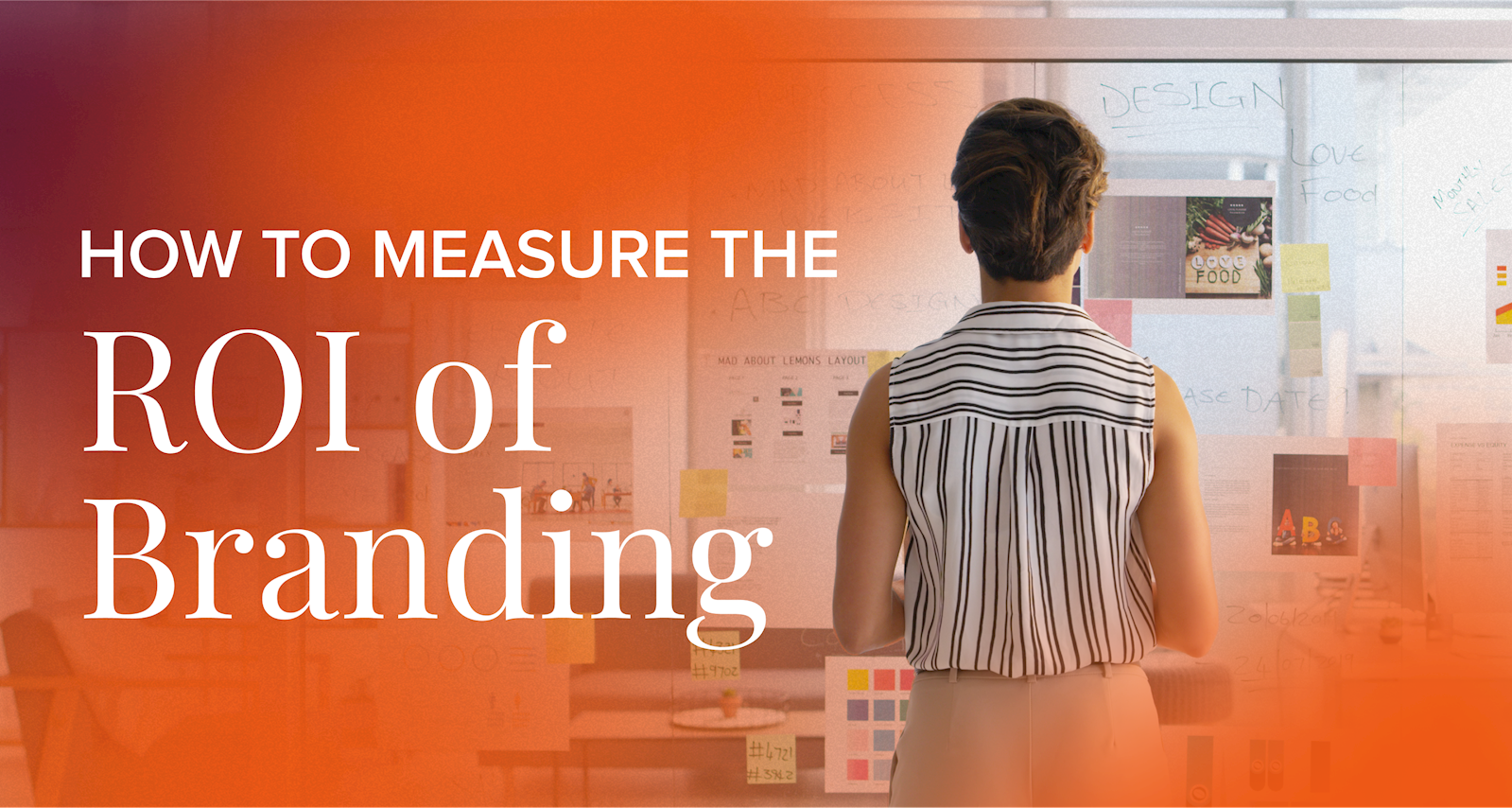Measuring the ROI of Branding
Published by Spinutech on August 15, 2024

You’re only as good as your brand.
Your brand plays a pivotal role in driving business growth by attracting new customers, boosting revenue, and developing customer loyalty.
But when it comes to investing in branding, business leaders want to be able to quantify the return on their investment — and it’s not always a simple equation.
How do you put a number value on your brand?
Well, there are metrics that can provide clarity.
Your Branding Can Make or Break Your Business
Your brand is your identity. It’s about aligning how you want your brand to be perceived with how your brand is actually perceived by your target audience. So cultivating the right brand for your business is critical, both for retaining existing customers and attracting new ones.
A strong brand can do so much for you:
- Increased Brand Awareness: A recognizable and trusted brand helps you stand out in a crowded market and gives you a competitive edge in a market where nearly half of consumers are willing to pay more to buy from brands they trust.
- Positive Brand Associations: Your branding can lead people to associate your company with positive values, elevating your brand's reputation and positioning you as a thought leader in your industry.
- Drive Loyalty and Revenue: Brands that earn trust and admiration are more likely to inspire loyalty, increasing customer lifetime value and sales. This loyalty can give you an edge over competitors, driving sustained revenue growth.
- Higher Conversion Rates: Marketing campaigns are made more effective when tied to a strong brand identity. A unified brand experience across multiple touchpoints is more likely to resonate with your customers and improve your conversion rates.
How to Measure Your Branding ROI
There is no one-size-fits-all approach to calculating branding ROI. The true value of a brand depends on factors like industry, target market, customer base, and specific business goals.
But there are core metrics you can use to measure the ROI of your branding efforts:
Customer Loyalty
Customers who feel a strong connection with a brand are more likely to stay loyal — and, most importantly, spend more. One study found that when customers feel connected to a brand, 57% will increase their spending, and 76% will choose that brand over a competitor.
How to Measure: Track your customer retention rates (CRR) — the percentage of customers who return over a given period — before and after your branding efforts. Regularly monitoring and comparing these rates will help you see the impact of your branding on customer loyalty. A loyal customer will also have a higher customer lifetime value (CLV) — another metric worth tracking, as it is driven by frequent purchases and signals opportunities for upselling/cross-selling.
Sales Volume
Companies that invest in their brand often see a direct impact on their bottom line.
How to Measure: Analyze your overall sales figures over time to see how branding has influenced them. Setting time-based benchmarks allows you to track progress and gauge whether your branding efforts are paying off.
Price Premium
The stronger your brand, the more you can afford to charge for your product or service. That kind of brand equity enables you to increase your profit margins and overall revenue without needing to increase the volume of your sales.
How to Measure: Compare the pricing of products/services against competitors with similar offerings but weaker brand identities, and calculate the premium customers are willing to pay.
Customer Acquisition Cost (CAC)
The more you invest in building your brand, the less you’ll need to spend on paid marketing to acquire new customers. Having a strong brand can reduce your CAC by increasing organic referrals, direct traffic, and brand trust.
How to Measure: Monitor changes in your CAC over time, especially during periods where branding efforts have been deployed.
Brand Reputation
Your brand is your reputation. It’s how consumers perceive who you are, from the quality of the products or services you offer to the values you represent.
How to Measure: Monitor metrics like customer acquisition rates, online reviews, customer referral rate, social listening, and customer satisfaction ratings. These will give you a clear picture of how your branding affects your company’s reputation.
Website Traffic
Consistency across all content channels is a hallmark of a great brand. It should appear in your marketing campaigns, on your website, across social media, in print materials, and more. One measure of the effectiveness of your branding is the impact it has on your website traffic, which is presumably where most of your marketing materials are directing consumers.
How to Measure: Start by setting benchmarks for website traffic before your branding efforts and compare them to the numbers you see afterward. Track customer acquisition rates through your website by analyzing the customer journey alongside your brand-building timeline.
Use Brand ROI Metrics to Make Better Business Decisions
By tracking these KPIs and collecting performance data over time, you can make more informed decisions about further investments in your brand.
To put this data to use:
- Review Trends: Regularly review your key metrics and look for trends that show the positive impact of branding on your business performance.
- Set Targets: Establish benchmarks and discuss them with stakeholders to gain buy-in for future branding investments.
- Inform Strategy: Use branding ROI data to shape your strategy, whether it’s engagement on social media, marketing campaigns, or website content.
Whether you are evolving your branding strategy or rebuilding it from the ground up, access to accurate data is essential. By tracking branding ROI, you can make data-driven decisions that lead to greater profitability and market success.
If you could use a partner in evolving and measuring the success of your brand, let’s chat.